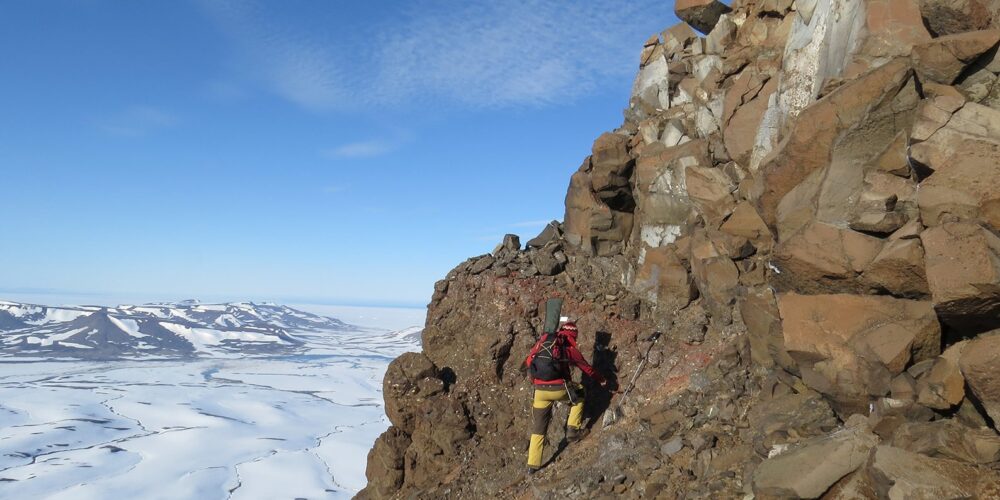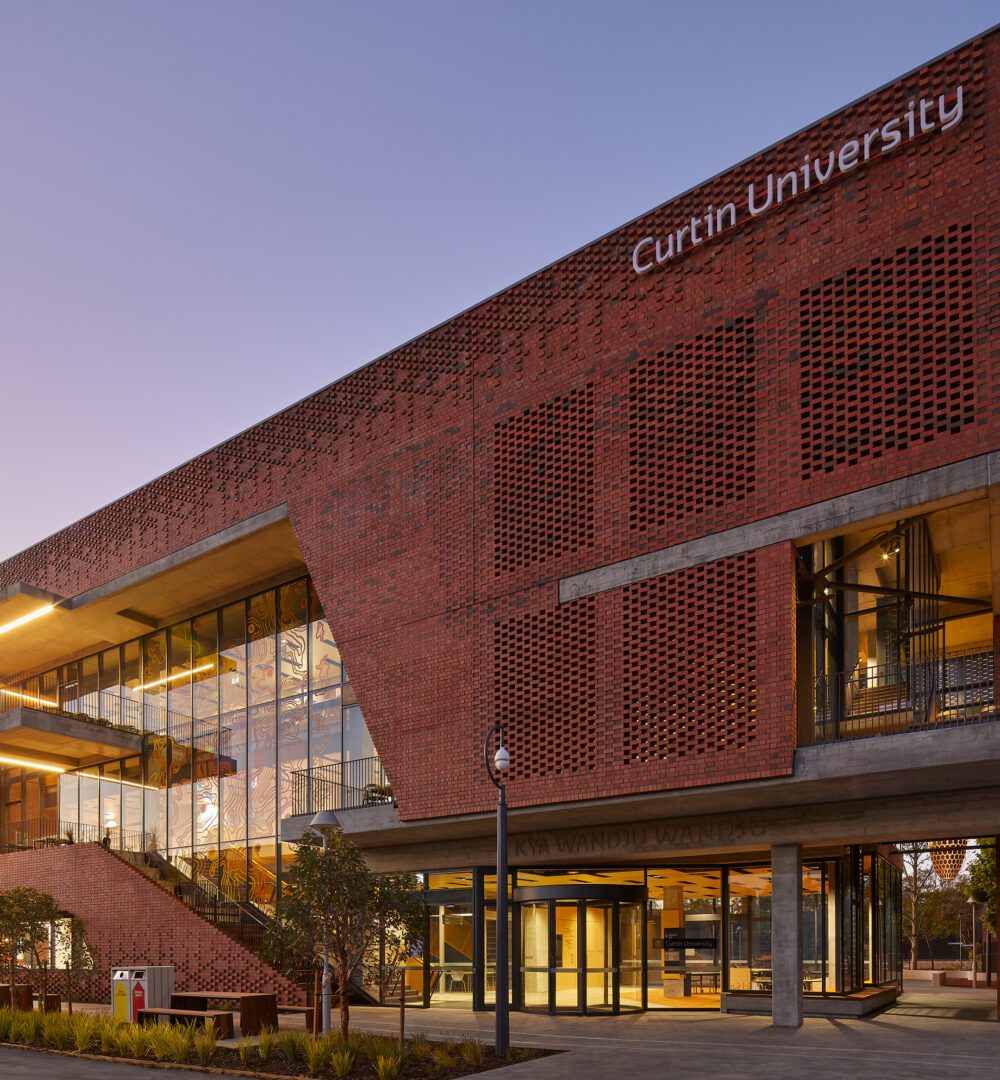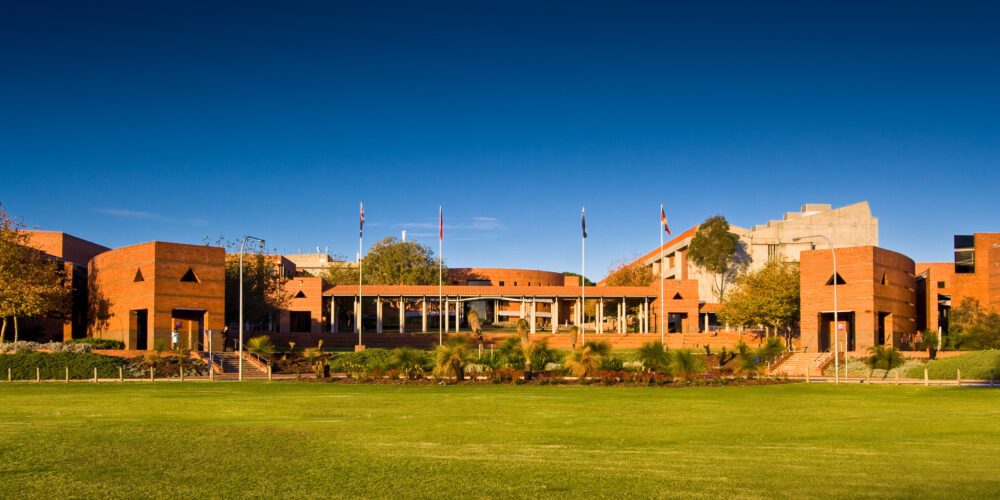Volcanic surge narrowed seas during ancient global warming event, study finds

Curtin University research has found that a surge in volcanic activity 56 million years ago not only triggered a major global warming event turning polar regions into a lush tropical landscape, but also altered the shape of the Earth’s continents thereby restricting the flow of water between oceans.
Co-author Dr Milo Barham, from the Timescales of Mineral Systems Group within Curtin’s School of Earth and Planetary Sciences said the research team travelled to remote northeast Greenland to undertake the research.
“This remote area is relatively underexplored geologically, despite being at a critical position for understanding volcanic activity and the exchange of water between the Atlantic and Arctic oceans, so it was incredibly important for us to actually be there,” Dr Barham said.
“Our work during recent Northern Hemisphere summers involved mapping sedimentary and volcanic units over hundreds of kilometres of East Greenland by helicopter and on foot, collecting sediment samples and taking them to the lab to extract micro-fossils of plants and plankton. We combined information from offshore drillcore and seismic images to map the continuation of important boundaries in buried geology.
“From these we found that volcanic activity and the resulting uplift of the edge of the Greenland continent 56 million years ago led to the formation of a new tropical landscape and narrowing of the seaway connecting the Atlantic and Arctic oceans.
“So not only did the spike in volcanic activity produce an increase in greenhouse gasses, but the restriction of the seaway also reduced the flow of water between the oceans, disturbing heat distribution and the acidity of the deeper ocean.”
Lead author Dr Jussi Hovikoski from the Geological Survey of Denmark and Greenland (GEUS) said the findings also helped explain profound changes to the distribution of land-based animal species, which occurred throughout northern hemisphere continents at this time.
“The volcanic surge also changed the shape of Earth’s continents, creating ‘land bridges’ or narrowed straits, and enabling crucial migration responses for mammalian species such as early primates, to survive climate change,” Dr Hovikoski said.
Dr Barham said improved understanding of this greenhouse interval could help better predict and reduce negative impacts of current human-driven climate change.
“Recent studies have reported alarming signs of weakening ocean circulation, such as the Gulf Stream, which is an ocean current important to global climate and this slowing may lead to climatic ‘tipping points’ or irreversible changes to weather systems,” Dr Barham said.
“As fires and floods increasingly ravage our ever-warming planet, the frozen north of eastern Greenland would seem an unlikely place to yield insights into a greenhouse world. However, the geological record there provides crucial understanding of environmental and ecological responses to complex climate disturbances.”
Dr Barham is also affiliated with The Institute for Geoscience Research (TIGeR), Curtin’s flagship Earth Sciences research institute.
The paper, ‘Paleocene-Eocene volcanic segmentation of the Norwegian-Greenland seaway reorganized high-latitude ocean circulation’, was published in Nature Groups’ – Communications Earth & Environment and can be found online here.



